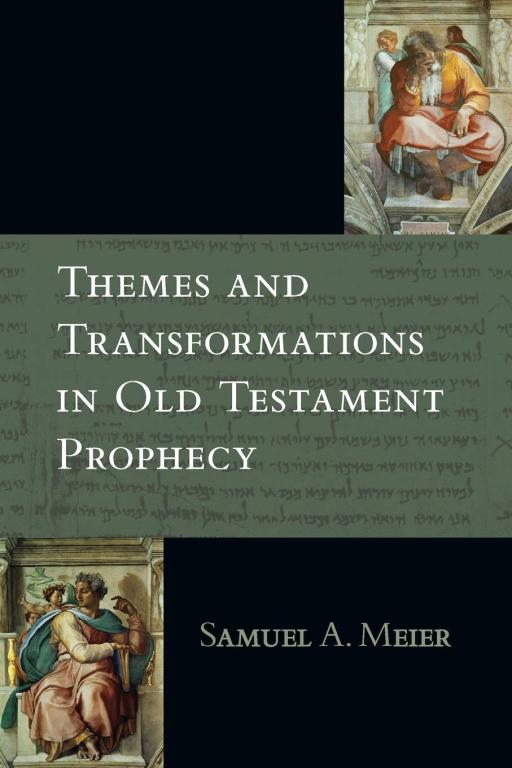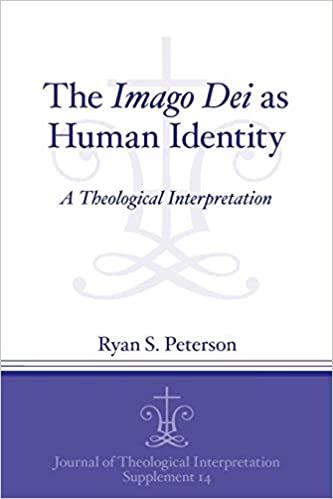I received John Currid’s Against the Gods as a Christmas gift and it was a quick one-day read. I found it to be a good primer on the history of how academia has treated the relationship between the Old Testament and ancient Near East literature, as well as the issues involved in the study. However, it does have some notable shortcomings. Currid received his Ph.D in Syro-Palestinian Archaeology from the University of Chicago in the Department of Near Eastern Languages and Civilizations, and so he is eminently qualified to write on this topic.
As the subtitle of the book would suggest, Currid approaches the question of the Old Testament’s relationship to Ancient Near Eastern literature from the standpoint of polemic. To be clear, a writing is polemic when it is constructed with key features for the purpose of being used against an opposing viewpoint.
The book begins with a brief history of modern Ancient Near East (ANE) studies, beginning with Napoleon’s Egypt expedition and the discover and decoding of the Rosetta Stone, 1798-1799. Currid traces the history of the field, noting how archaeologists were at first excited to align their findings with Biblical history. However, the discovery of the Assyrian flood tablets diverted the course of ANE study. The only way that scholars could think to reconcile both the similarities and dissimilarities of ANE literature with the Bible was to suppose that the biblical authors had borrowed from their neighbors. Of course, the biblical authors frequently “demythologized” the stories they appropriated and reshaped them to make them useful for a Yahwistic context. This is largely how the general state of ANE scholarship stands today.
Against this, Currid suggests that the biblical authors are not guilty of “crass plagiarism,” but that their writings constitute a sophisticated polemic against their pagan neighbors. That Old Testament authors frequently used language specifically to jab at pagan religions is fairly well established, particularly with the prophets during Israel’s monarchy and exile. But Currid takes the thesis a step further, seeing polemic in much of the similarities between ANE sources and the biblical text. This book is largely a select catalog of ANE and biblical parallels, with Currid’s polemical analysis applied to the biblical usage of the ANE thematic material. Thus, the biblical authors take the ANE themes and stories and turn them on their head, revealing Yahweh as the one true God, over against Canaanite El and their Baals and the Egyptian gods Horus, Osiris, and the like.
In support of his thesis, Currid lists a number of interesting parallels, and as I said, in a few cases the polemic language is clear. But I think Currid’s general approach fails on a couple counts:
- Polemic is still derivative. If Currid is seeking to vindicate the human authors of Scripture of borrowing from their neighbors, asserting that they are writing as polemic is a strange argument to make. No matter how sophisticated an author’s use of an original source may be, polemic still is essentially an appropriation of a more original source, and the turning of the thematic material on its head would still be essentially a demythologizing, albeit with a radically subversive rather than a furtive hand.
- The Polemic argument undermines historicity. Currid conscientiously sees the events recorded in Scripture as historical events, so it is puzzling to me how he stumbles into this trap. But he elevates the human work of polemic to such an extent that the historicity cannot but be called into question. A case in point is chapter 9, in which Currid catalogs a number of parallels between Egyptian myth and the Exodus account of Aaron’s rod becoming a serpent. He concludes that “The writer was quite knowledgeable of Egyptian culture and religion . . . he used that detailed understanding in a subtle but powerful way. He simply polemicized Egyptian beliefs in order to exalt Yahweh.” This, Currid declares, “stands as a monument to the literary genius of the Exodus author.” In another example, Currid sees echoes of the Egyptian Horus myth in the story of Moses’ escape from Pharaoh and concludes that “the biblical author may have employed this echo from a well-known Egyptian myth for polemical reasons.”
Really? If that is the case, then how can we take Exodus seriously as a history? Or if it is indeed a history, is not the writer simply relating the events as they occurred? In which case, we are looking at the genius and irony in the Divine author, who orders events and ordains symbols that will undermine the false gods of Egypt; not so much the literary genius of the human author who appropriates Egyptian stories in a polemical way. At best, we may say that the human author recognized the polemical nature of the events themselves and recorded them in order to highlight their significance. But it is not so much the human author taunting the Egyptians as Yahweh himself.
To state the problem as clearly as possible: Did the author of Exodus write about Yahweh appearing to Israel at Sinai in a cloud and a storm because he is a literary genius deliberately writing a Baal polemic? Or did he write that way because that is how Yahweh actually appeared to Israel? Currid seems to want to affirm the latter, while arguing the former.
Currid concludes the book with a caveat that “Polemical theology certainly does not answer every question about the relationship of the Old Testament to ancient Near Eastern literature and life.” It is comforting to know he does not think he has a silver bullet here, but it certainly seems that he uses his polemic argument as if it were one.
The strangest thing is that I believe Currid states the truth of the relationship on page 61 in his discussion of the flood narratives, and this is the angle he likely should have taken for most of the book:
The uniqueness of the biblical account is a good argument for its independence from rather than its dependence on pagan mythic texts. They are perhaps two separate traditions that stem from a historical flood . . . If the biblical stories are true, one would be surprised not to find some references to these truths in extra-biblical literature . . . However, pagan authors vulgarized and bastardized those truths . . . From this angle the common references would appear to support rather than deny the historicity of the biblical story.
The above works without the imposition of a polemic lens upon the biblical text, and he should have left it at that.
Despite the shortcomings and the ultimate failure of Currid’s thesis to convince, this is still a worthwhile book. It serves as a good primer to the issues of ANE and Old Testament studies, briefly introducing the reader to the history and development of the field as well as good good number of the Old Testament parallels found in ANE sources. I would recommend this book along with Jeffrey Niehaus’s similarly brief primer, Ancient Near Eastern Themes in Biblical Theology, though even together these are only scratching the surface. It seems to me that a more in-depth treatment of the Ancient Near East and the Old Testament from the viewpoint of the primacy of Scripture is still needed.













